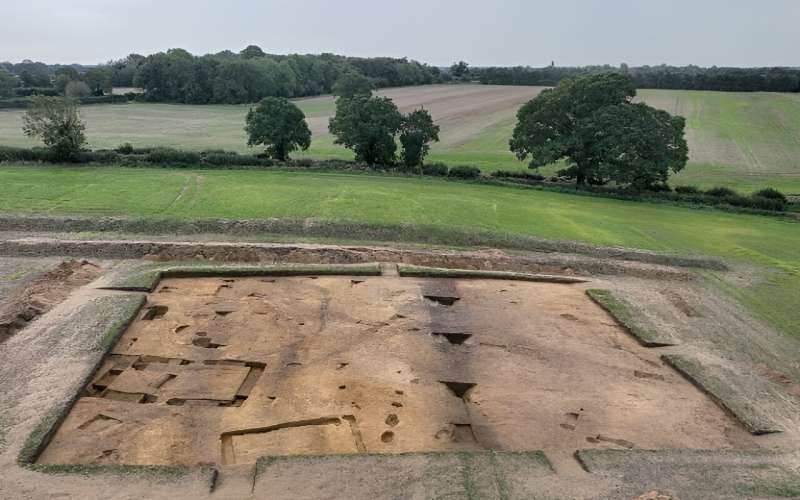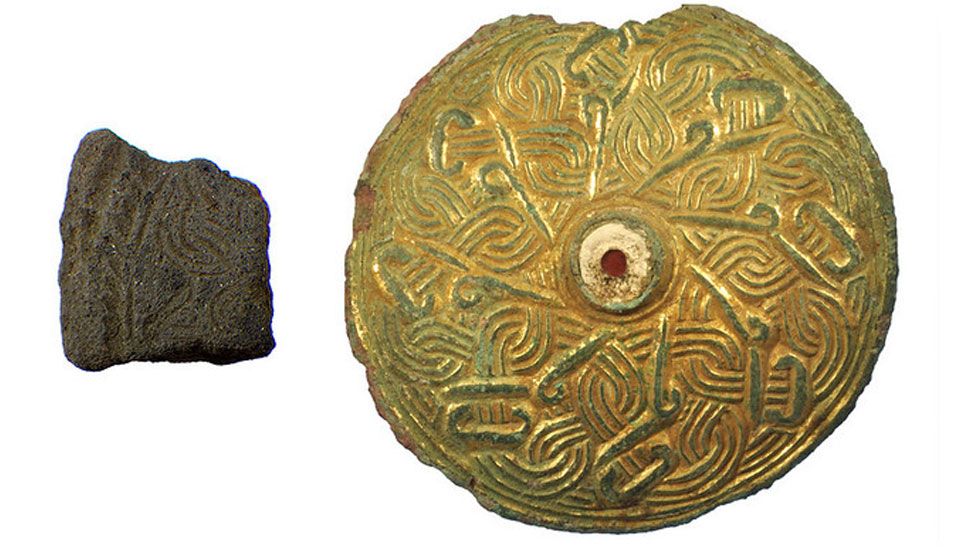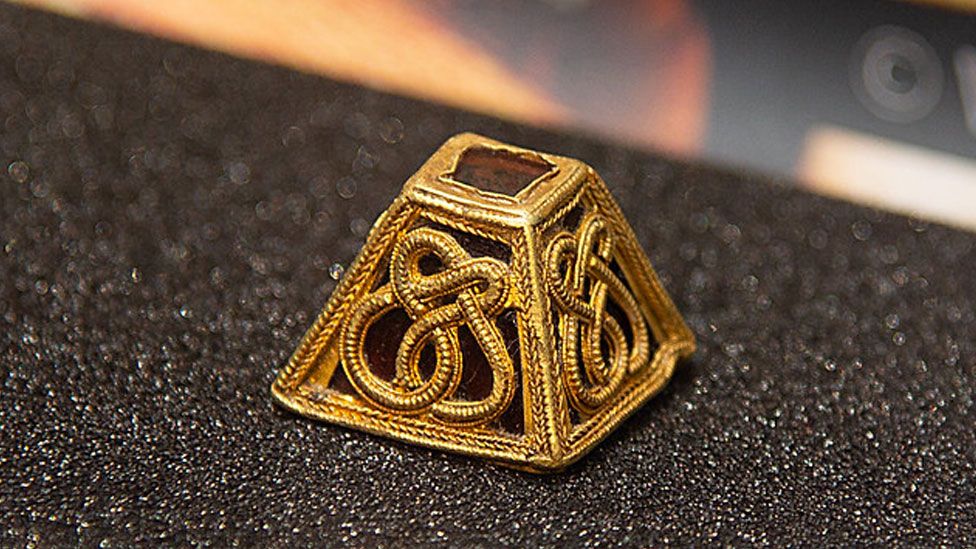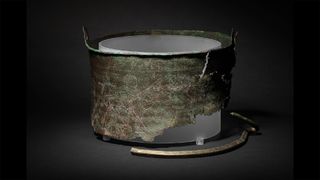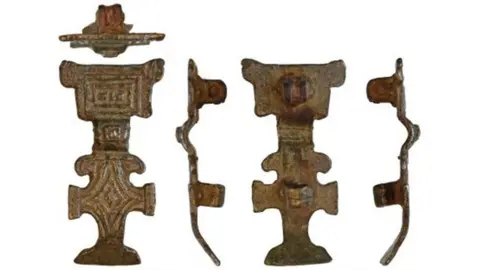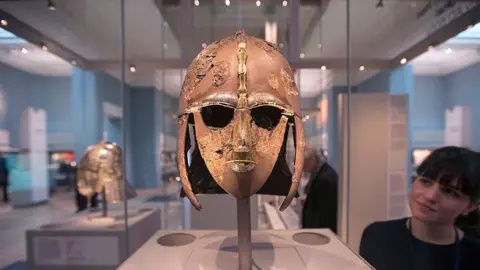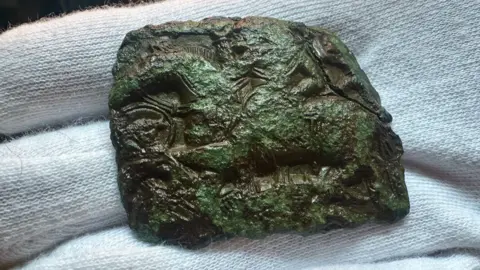ramonmercado
CyberPunk
- Joined
- Aug 19, 2003
- Messages
- 60,938
- Location
- Eblana
Some interesting artefacts also found.
An Anglo-Saxon burial ground with 138 graves found along the route of HS2 is one of the largest ever uncovered in the UK, experts have said.
A skeleton with a weapon embedded in it, jewellery and weapons were among the finds in Wendover, Buckinghamshire. Evidence of Neolithic, Bronze Age, Iron Age and Roman activity was also found.
Archaeologist Rachel Wood said the site's significance for the "historical and archaeological understanding" of Anglo-Saxon Britain was "huge".
The site contained 141 regular burials and five cremation burials. The male skeleton was found with a sharp iron object embedded into its spine, which experts believe may have caused or factored into his death.
Other items unearthed in the excavation last year include 89 brooches, more than 2,000 amber beads, 51 knives, 40 buckles and 15 spearheads.
A number of objects likely to have been used for grooming were also found, including toiletry sets with ear wax removers and toothpicks, tweezers, combs and even a cosmetic tube that might have been used as eyeliner or similar.
https://www.bbc.com/news/uk-england-beds-bucks-herts-61810503
An Anglo-Saxon burial ground with 138 graves found along the route of HS2 is one of the largest ever uncovered in the UK, experts have said.
A skeleton with a weapon embedded in it, jewellery and weapons were among the finds in Wendover, Buckinghamshire. Evidence of Neolithic, Bronze Age, Iron Age and Roman activity was also found.
Archaeologist Rachel Wood said the site's significance for the "historical and archaeological understanding" of Anglo-Saxon Britain was "huge".
The site contained 141 regular burials and five cremation burials. The male skeleton was found with a sharp iron object embedded into its spine, which experts believe may have caused or factored into his death.
Other items unearthed in the excavation last year include 89 brooches, more than 2,000 amber beads, 51 knives, 40 buckles and 15 spearheads.
A number of objects likely to have been used for grooming were also found, including toiletry sets with ear wax removers and toothpicks, tweezers, combs and even a cosmetic tube that might have been used as eyeliner or similar.
https://www.bbc.com/news/uk-england-beds-bucks-herts-61810503


/https://tf-cmsv2-smithsonianmag-media.s3.amazonaws.com/filer_public/c3/2d/c32ddca7-8b11-4dbf-b236-75b5bbf11322/ms-selden-supra-30_12.jpeg)
/https://tf-cmsv2-smithsonianmag-media.s3.amazonaws.com/filer_public/0c/a5/0ca53d3b-7620-457b-860d-4c68852ffa6e/ms-selden-supra-30_17.jpeg)
